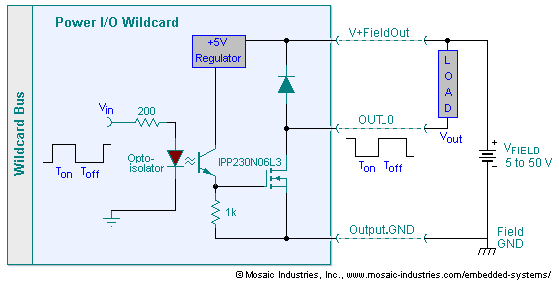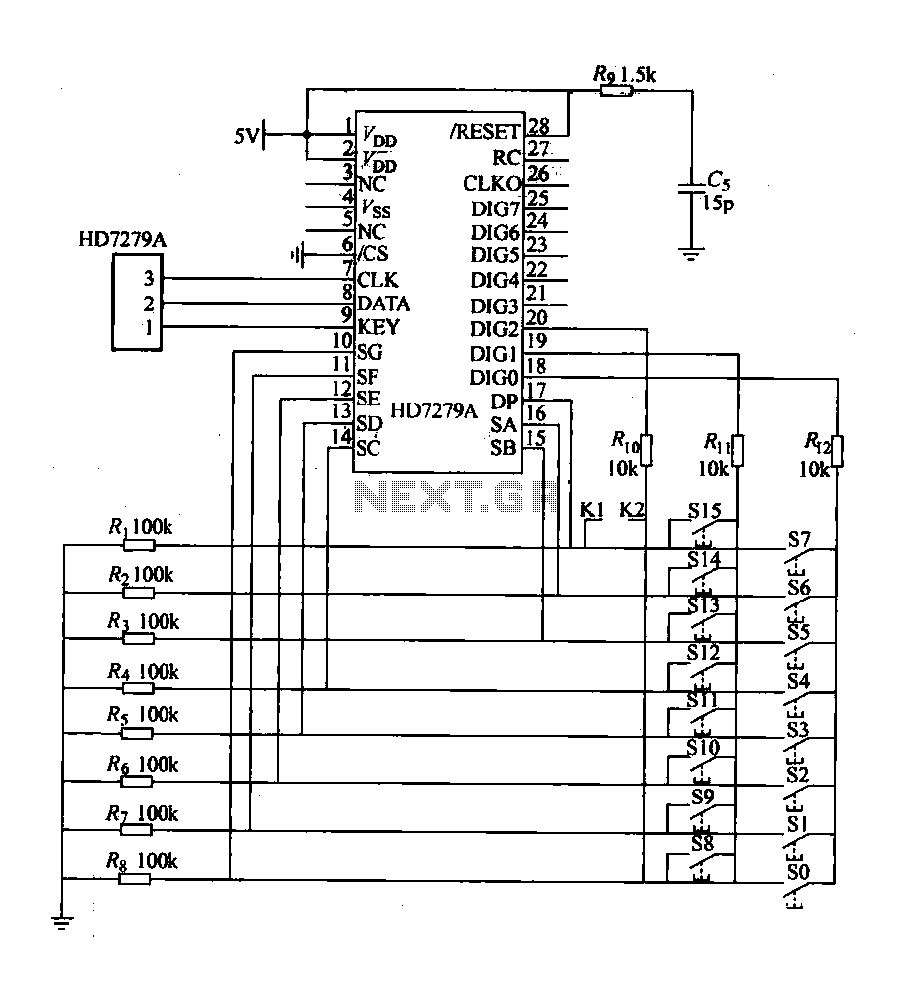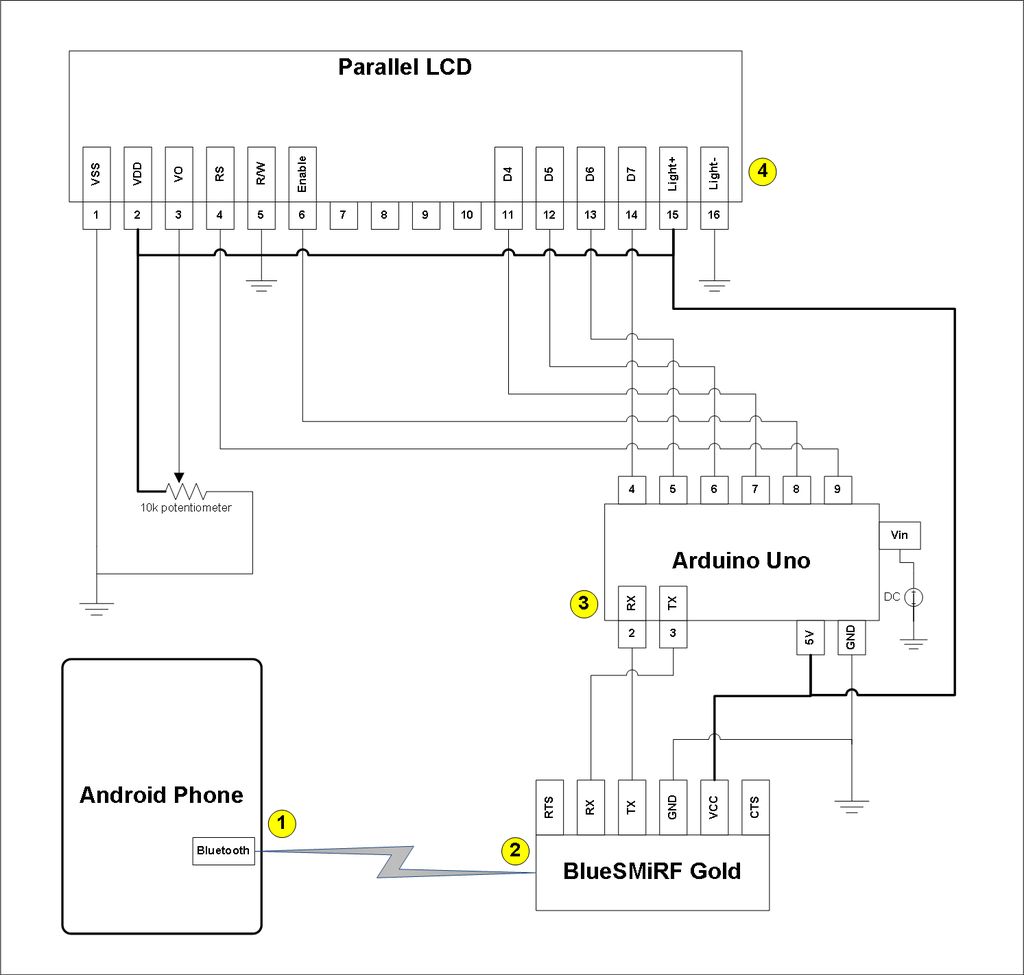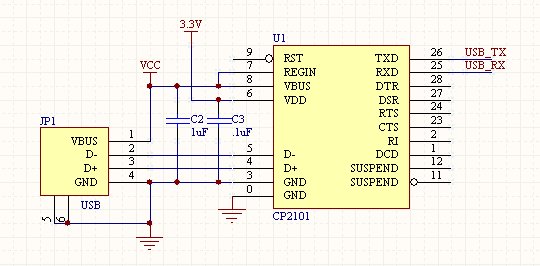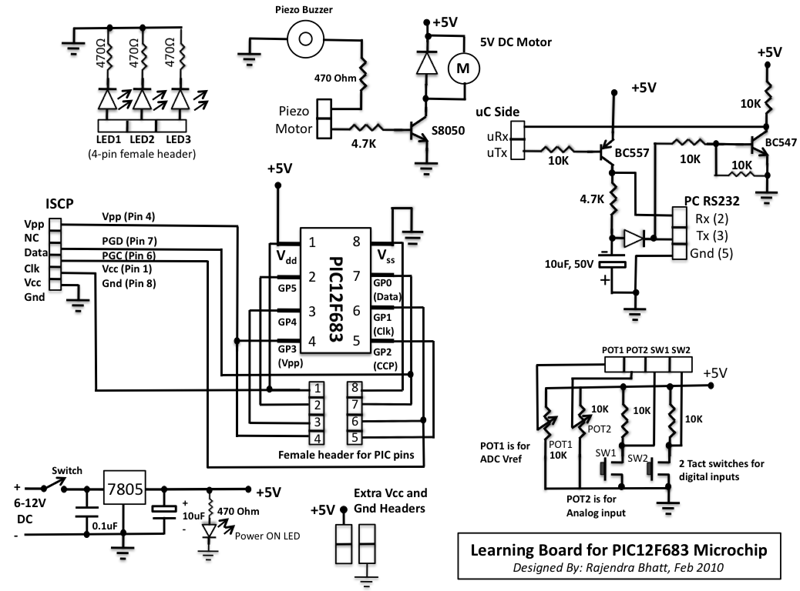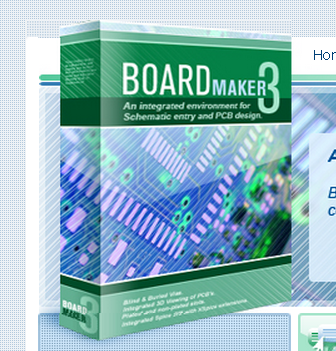
MAX6953 Development board
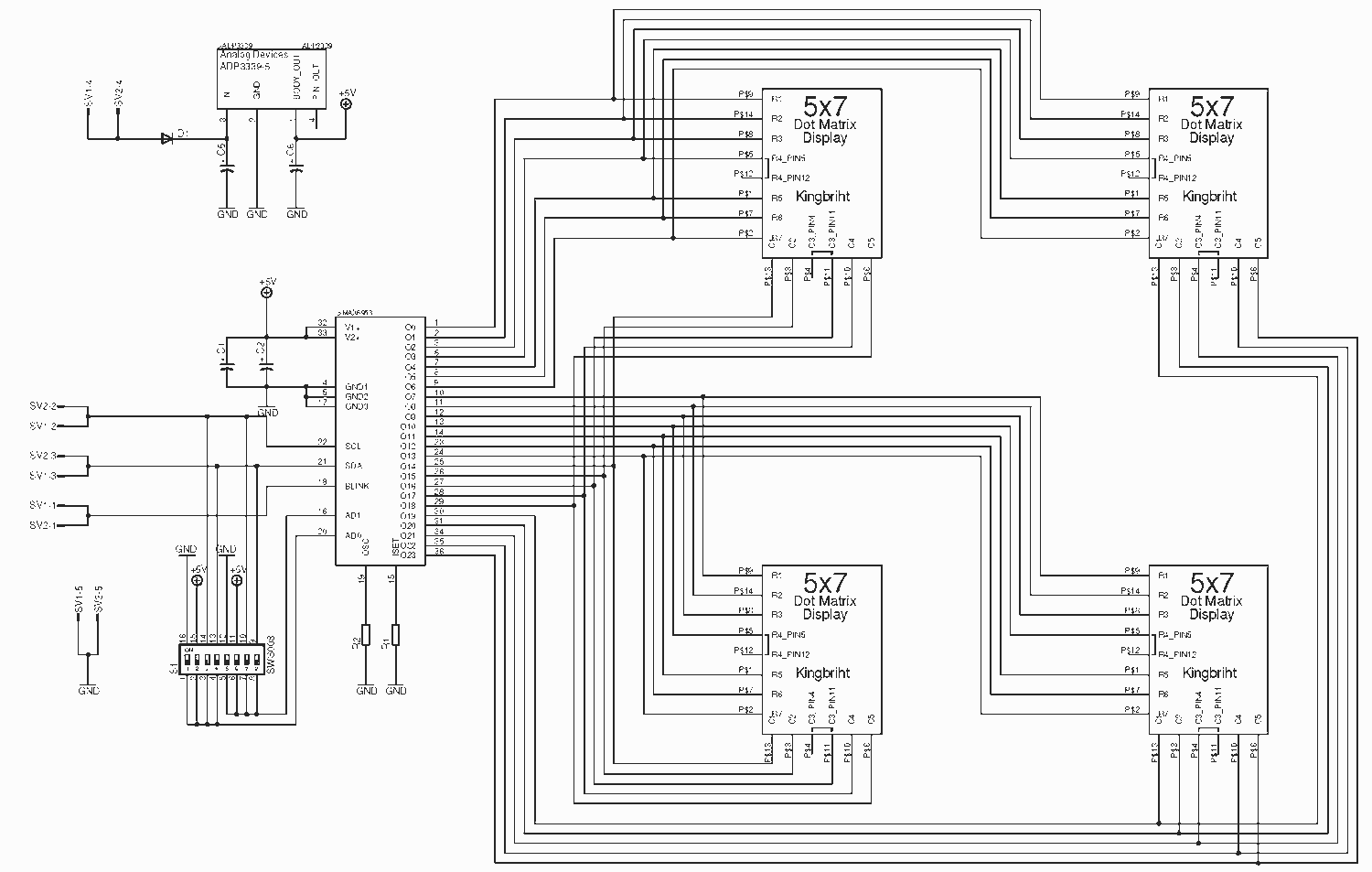
The MAX6953 from Dallas Maxim is a compact cathode-row display driver that interfaces a microprocessor (like PIC or AVR) to four 5x7 dot matrix LED displays through an I2C compatible serial interface. The chip includes some features that can help us to handle easier the displaced data. These features include an on-chip ASCII 104 character table and also font data for 24 user-definable characters, low-power shutdown mode, segment blinking that can be synchronized across multiple drivers if desired, test mode that forces all LEDs on (so that we can handle LED problems), and also 16-step digital brightness control that may differ from panel to panel. In every MAX6953, a 4-bit address can be set via only two pins (AD1 and AD0), allowing for the connection of 16 drivers controlled from the same channel, building huge LED displays. The chip is available in 36-pin SSOP and 40-pin DIP packages.
The MAX6953 is designed to simplify the control of LED displays, making it suitable for applications that require efficient data handling and display management. The device operates via an I2C interface, allowing for easy communication with microcontrollers such as PIC or AVR. The integration of a 104-character ASCII table and the ability to define 24 custom characters enhance flexibility in display content.
The low-power shutdown mode is particularly useful in battery-powered applications, as it allows the system to conserve energy when the display is not in use. The synchronized segment blinking feature enables coordinated visual effects across multiple displays, enhancing the overall aesthetic of the application. The test mode is a critical feature for troubleshooting, as it allows all LEDs to be illuminated, making it easy to identify faulty components.
Brightness control is another vital aspect of the MAX6953. The 16-step digital brightness control feature allows for fine-tuning of the display's luminance, accommodating various ambient lighting conditions and user preferences. This capability ensures that the display remains visible and effective in different environments.
The addressing capability of the MAX6953 is a significant advantage, as it allows multiple drivers to be connected on a single I2C bus. By using just two pins (AD1 and AD0) to set a 4-bit address, it is possible to connect up to 16 individual MAX6953 drivers, enabling the creation of large-scale LED displays. This scalability makes the MAX6953 an excellent choice for projects ranging from simple displays to complex signage systems.
The availability of the MAX6953 in both 36-pin SSOP and 40-pin DIP packages provides flexibility in PCB design and integration, allowing designers to select the package that best fits their layout and assembly requirements. Overall, the MAX6953 is a versatile and powerful solution for driving LED displays in a wide range of electronic applications.The MAX6953 from Dallas Maxim is a compact cathode-row display driver that interfaces a microprocessor (like PIC or AVR) to four 5x7 dot matrix LED display trough an I2C compatible serial interface. The chip includes some features that can help us to handle easier the displaced data. These features are included on chip ASCII 104 character table and also fond data for 24 user definable characters, low-power shutdown mode, segment blinking that can be synchronized across multiple drivers if desired, test mode that forces all LEDs on (so that we can handle led problems) and also 16-Step digital brightness control that maybe differs from panel to panel.
In every MAX6953 we can set a 4 bit address via only two pins (AD1 and AD0) and with that way we can connect 16 drivers controlled from the same channel building huge LED displays. The chip is available in 36 pin SSOP and 40 pin DIP Packages 🔗 External reference
The MAX6953 is designed to simplify the control of LED displays, making it suitable for applications that require efficient data handling and display management. The device operates via an I2C interface, allowing for easy communication with microcontrollers such as PIC or AVR. The integration of a 104-character ASCII table and the ability to define 24 custom characters enhance flexibility in display content.
The low-power shutdown mode is particularly useful in battery-powered applications, as it allows the system to conserve energy when the display is not in use. The synchronized segment blinking feature enables coordinated visual effects across multiple displays, enhancing the overall aesthetic of the application. The test mode is a critical feature for troubleshooting, as it allows all LEDs to be illuminated, making it easy to identify faulty components.
Brightness control is another vital aspect of the MAX6953. The 16-step digital brightness control feature allows for fine-tuning of the display's luminance, accommodating various ambient lighting conditions and user preferences. This capability ensures that the display remains visible and effective in different environments.
The addressing capability of the MAX6953 is a significant advantage, as it allows multiple drivers to be connected on a single I2C bus. By using just two pins (AD1 and AD0) to set a 4-bit address, it is possible to connect up to 16 individual MAX6953 drivers, enabling the creation of large-scale LED displays. This scalability makes the MAX6953 an excellent choice for projects ranging from simple displays to complex signage systems.
The availability of the MAX6953 in both 36-pin SSOP and 40-pin DIP packages provides flexibility in PCB design and integration, allowing designers to select the package that best fits their layout and assembly requirements. Overall, the MAX6953 is a versatile and powerful solution for driving LED displays in a wide range of electronic applications.The MAX6953 from Dallas Maxim is a compact cathode-row display driver that interfaces a microprocessor (like PIC or AVR) to four 5x7 dot matrix LED display trough an I2C compatible serial interface. The chip includes some features that can help us to handle easier the displaced data. These features are included on chip ASCII 104 character table and also fond data for 24 user definable characters, low-power shutdown mode, segment blinking that can be synchronized across multiple drivers if desired, test mode that forces all LEDs on (so that we can handle led problems) and also 16-Step digital brightness control that maybe differs from panel to panel.
In every MAX6953 we can set a 4 bit address via only two pins (AD1 and AD0) and with that way we can connect 16 drivers controlled from the same channel building huge LED displays. The chip is available in 36 pin SSOP and 40 pin DIP Packages 🔗 External reference
